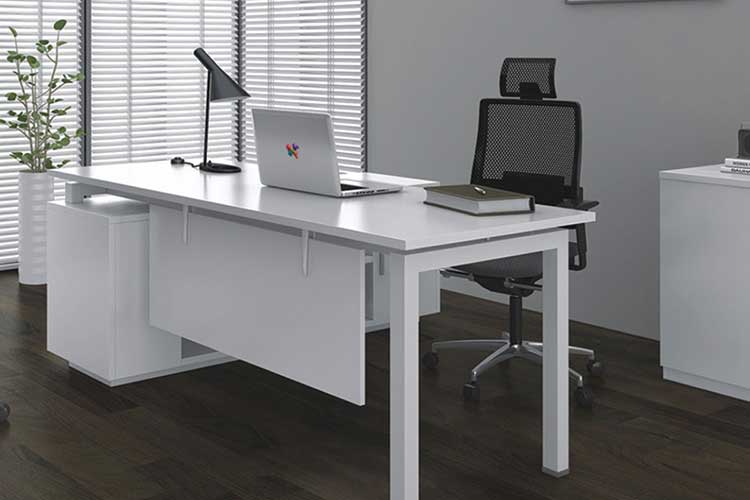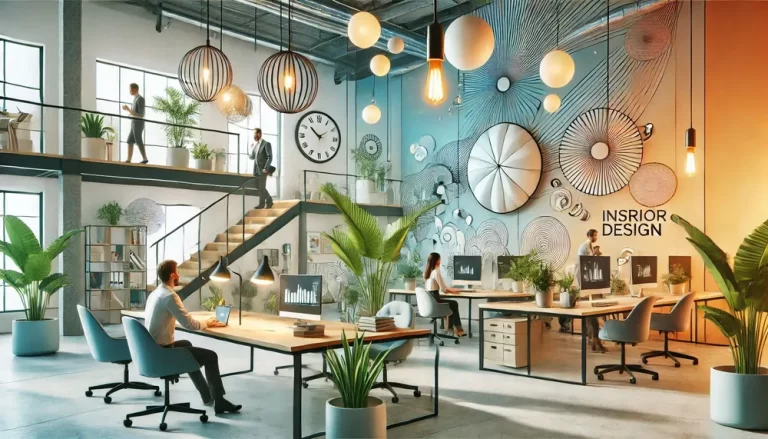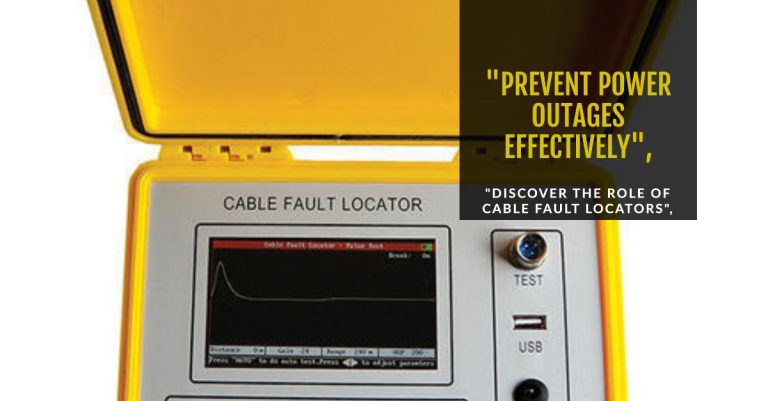Tips for Choosing and Arranging Office Furniture for A Productive Workspace
Office furniture refers to the various types of furniture items that are used in an office setting. This includes chairs, desks, tables, cabinets, shelves, filing cabinets, bookcases, and other similar items. It is designed to provide functionality, comfort, and aesthetic appeal to the workspace, and is typically made from materials such as wood, metal, plastic, or a combination of these materials. The type and style of office furniture used can vary depending on the specific needs and preferences of the office and its employees, as well as the overall design and layout of the workspace.
This useful article by one of the best wooden furniture manufacturers in Gurgaon is a must to read –
Prominence
It is a crucial component of any workspace, and its design, functionality, and quality can have a significant impact on employee comfort, productivity, and well-being.
Comfort and productivity: Employees spend a significant portion of their workday sitting at desks and chairs, which can affect their comfort and productivity. Ergonomic office furniture can help employees maintain good posture, reduce fatigue and discomfort, and improve focus and productivity.
Functionality and organization: It is designed to provide functional spaces for employees to work, store their belongings, and interact with others. Items such as desks, cabinets, and bookshelves provide organization and storage solutions that can help employees stay focused and efficient.
Aesthetics and branding: It can also contribute to the overall look and feel of a workspace. Well-designed and aesthetically pleasing furniture can create a professional and welcoming environment for employees and visitors alike.
Health and safety: it can play a role in promoting health and safety in the workplace. For example, adjustable chairs and desks can accommodate employees of different heights and prevent strain or injury, while storage solutions can keep hazardous materials or equipment out of the way.
Most popular types
There are several types added by a chair manufacturer in Gurgaon–
Chairs: Chairs are another crucial type. They provide seating for employees while they work at their desks. Ergonomic chairs are designed to provide comfort and support, reducing the risk of back and neck strain.
Conference Tables: Conference tables are used for meetings and discussions among employees and clients. They come in different shapes, sizes, and materials, including wood, glass, and metal.
Desks: Desks are essential pieces of furniture in any office. They provide a workspace for employees to work on computers, write, and complete other tasks. There are many types of desks, including standing desks, adjustable-height desks, L-shaped desks, and corner desks.
Filing Cabinets: Filing cabinets are used to store and organize important documents and paperwork. They come in different sizes and styles, including lateral, vertical, and mobile filing cabinets.
Tips to arrange office furniture
Here are some tips to arrange in a way that maximizes functionality and productivity:
Determine the flow of the space: Before arranging any furniture, it’s important to determine the flow of the space. Think about how people move around the office and ensure that furniture is placed in a way that doesn’t obstruct traffic flow.
Place desks strategically: Place desks in a way that maximizes natural light and minimizes glare from windows or overhead lights. If possible, position desks to face the door, which can help employees feel more in control of their environment.
Consider ergonomic design: Ensure that chairs and desks are ergonomically designed to promote good posture and reduce the risk of injury. Adjustable chairs and desks can accommodate employees of different heights and preferences.
Group furniture in functional clusters: Group furniture in clusters according to function, such as a reception area, a collaborative workspace, and individual workstations. This can help employees work more efficiently and effectively.
Use storage to your advantage: Consider the use of storage cabinets, bookcases, and shelving to keep the workspace organized and clutter-free. Place these items in areas where they can be easily accessed, such as near workstations or in common areas.
Incorporate breakout areas: Consider incorporating breakout areas for employees to take a break, recharge, or collaborate. These areas can include comfortable seating, a coffee machine, or a communal table.
Test the layout: Once you have arranged the furniture, test the layout by walking through the space and sitting at different workstations. This can help you identify any areas that need adjustment and ensure that the space is functional for all employees.






